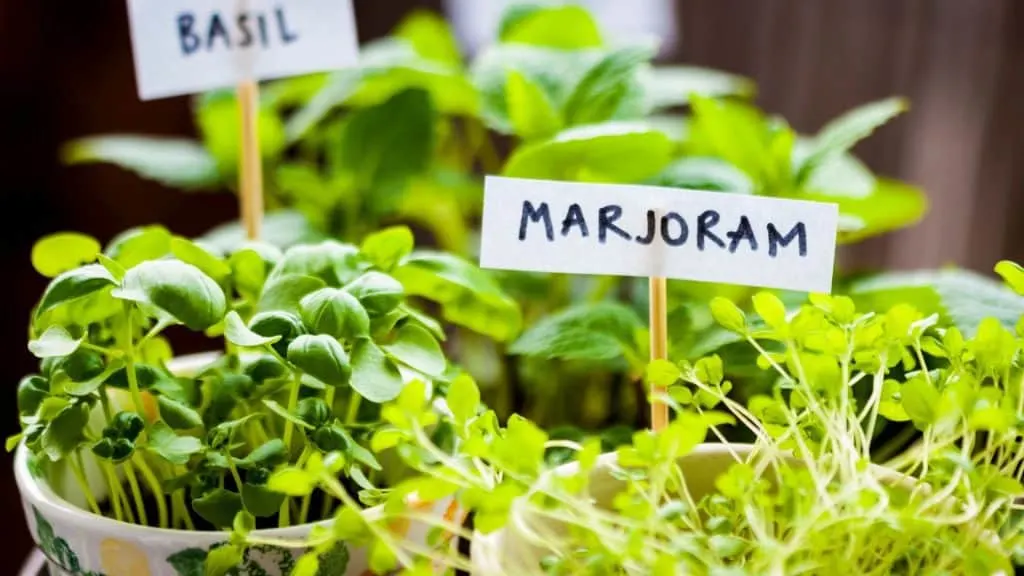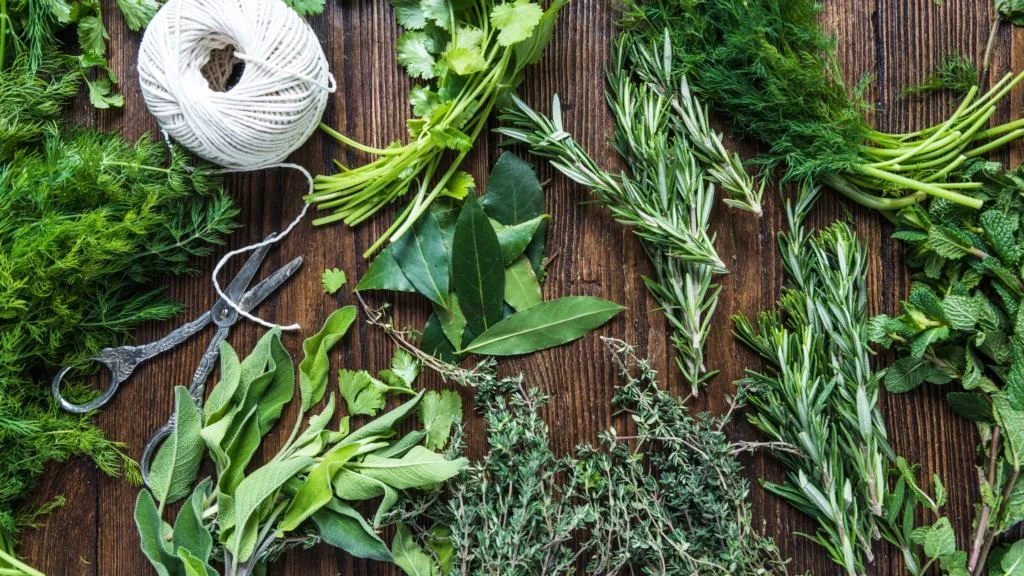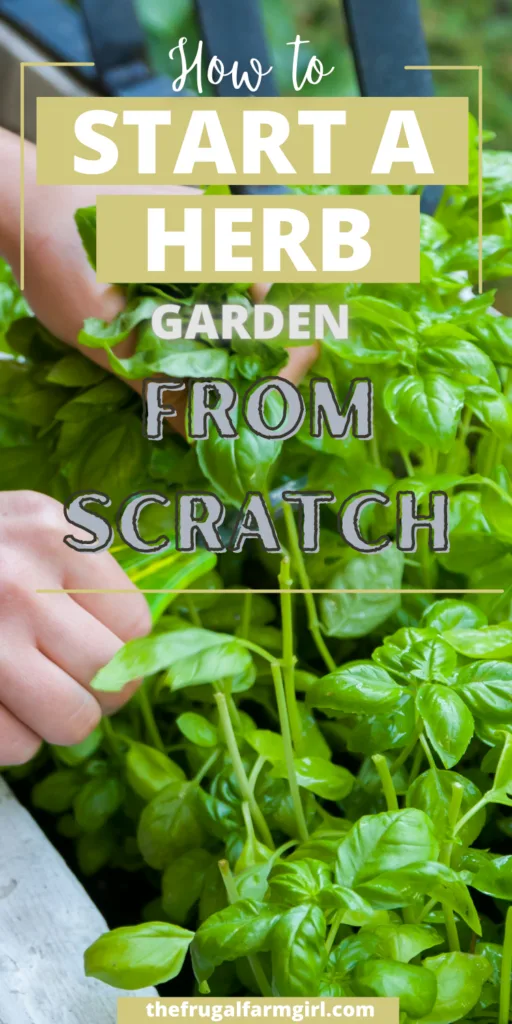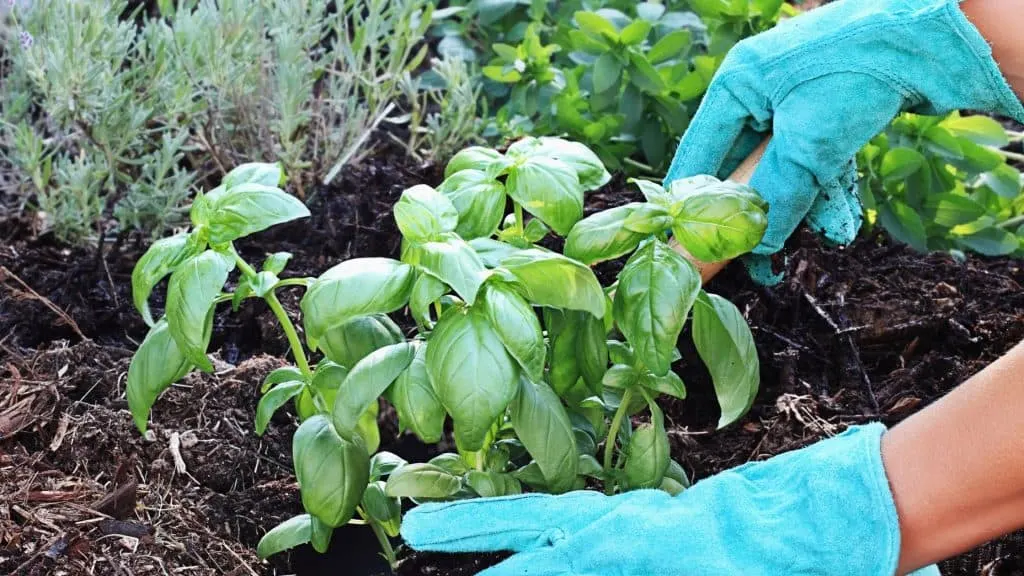When you think about gardening, it is easy to get overwhelmed by the amount of information. There are so many different plants and methods for planting them that can make your head spin!
How do I know which ones grow best in my area? What should I plant together? Which plants will be perennial or annual?
Don’t worry because we’re here to help with these tips on planting a herb garden!
We’ll take you through what herbs are, why they’re good for your health, and why growing them yourself is better than buying from the store.
We’ll also teach you how to start an herb garden, including some great starter varieties, and tell you precisely what supplies you need. Lastly

The older I get, the less energy I have for trying a bunch of new things.
There are three basic types of herbs- herbaceous, evergreen, and annual.
The type of herb will depend on how it grows, what type of plant it is, and its habits. Herbaceous herbs are perennial. They die back during the winter but come back again in the spring.

Herbs to Start
Common herbs include oregano, tarragon, bee balm, mint, chives, sweet fennel, and winter savory. They don’t need to be pruned; you clip them off at ground level at the end of the season.
I’m still years later trying to get rid of it.
Mint can be a pest in any garden, and not just because its hardy roots take over the soil with startling quickness if you let them – they’re also tough to mow down once established.
I learned this lesson first-hand last summer when experimenting with chocolate mint. Within two weeks, sprouts were popping up all around the outside edges and this stuff is resistant.
I now have chocolate mint scattered through the yard. I’ve slowly been removing it into the livestock pens.
I like to keep mint in a container only now.

Evergreens
Evergreen herbs are perennial plants that require periodic pruning to keep them healthy. If you’re not harvesting your evergreens, they should be cut back in the fall or early spring; if harvested regularly, annually is sufficient.
When cutting away branches from an evergreen herb such as sage, rosemary, and thyme — any old ones without signs of new growth should go too!
Any broken or lying on other branches can also be removed with a sharp pair of shears while trimming around these roots.
When harvesting evergreen herbs, cut back on the plants sparingly. Cut only one section of leaves at a time and stop cutting when you see new growth starting from below your cuts.

You don’t want to cut too much, or you could discourage new growth.
Basil, cilantro, parsley, and dill are all annual herbs you must replant every year.
However, if you want to enjoy a continual harvest of these few plants, then plant them four-six weeks apart at the beginning of each season for up to six months.
You can even mix some in one pot or garden bed!

It’s a common misconception that annual herbs don’t produce leaves. On the contrary, most of these plants will keep growing fresh and tasty greens for your home kitchen even after their flowers have wilted away.
However, if you see any budding flower buds on an herb plant, it is essential to snip them off before they bloom; otherwise, when the plant produces seed heads instead of new leaves, there may be no more opportunity left to harvest from this particular crop!
When planning which types of herbs you wish to plant, you should choose only those varieties you believe you’ll use in cooking.
It will probably be very tempting to plant at least one of every type of herb you see, but it’s not practical.
Plant those herbs which you know you’ll use. And keep in mind that some herbs are considered better when dried. Sage, for example, is an herb that many people prefer the flavor when it’s dried.
It’s probably better off to purchase those herbs you already know you like to use fresh and perhaps one or two you’ve never tried before to test out.
Be careful not to plant too many types that you can’t take care of them all.

Although not requiring a lot of care and maintenance, Herbs will still need work. Don’t plant twenty different kinds if you only have time for five or ten varieties!
I know it sounds like just the thing to do because you think, “I’ll find some way to make them all happen.” But trust me, they creep up on you until one day you’re overwhelmed with what needs watering and pruning.
Finally, check the zones where various herbs do well. If your favorite herb doesn’t do well in your zone, you should probably skip it or at least grow it indoors in a container.
There isn’t much use in planting an herb. It will likely die before it’s harvested.
There you have it! Tips for how to plant your herb garden. Now, go out there and get started with your gardening project.
You might want to create a garden journal to remember what plants did well in which spot or not at all (maybe they need more sunlight).
If this post has been helpful, please share it on social media using the buttons below- we’d love for our readers to know about these tips. Happy planting!
